Disclosure: This post contains affiliate links.
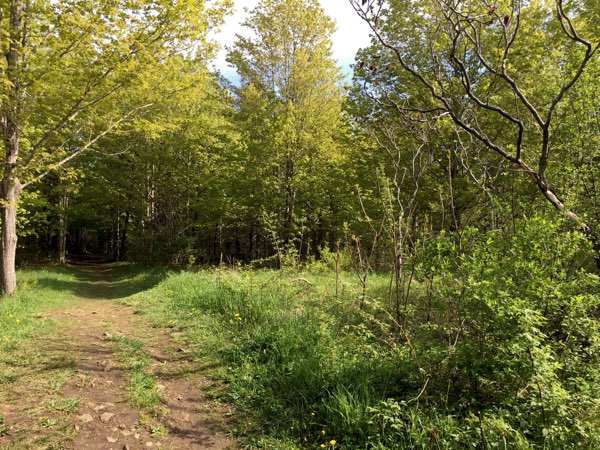
Because we’re so close to nature in Ottawa, we sometimes take it for granted—but we shouldn’t. Recent studies show that getting outdoors is crucial to our physical and mental health. So whether you take advantage of free admission to Ontario parks during Healthy Parks Healthy People Day, cycle along one of Ottawa’s recreational paths, dig in your garden, go canoeing in Gatineau Park, rent a kayak at Dows Lake or simply stroll through a few Ottawa parks, get out and enjoy some fresh air! Read on for more information on why nature is good for you, and how and where to enjoy the outdoors in Ottawa, Eastern Ontario, the Outaouais and beyond.
The health benefits of nature
Humans are becoming increasingly urban people. Just check out the map below, from Our World in Data. Use the slider at the bottom to see how the proportions of urban vs. rural populations worldwide have changed dramatically since 1500.
According to Statistics Canada, the pace of urbanization in Canada is quite astonishing. In 1871, Montreal—then Canada’s largest city—had a population of just 107,000. Ottawa’s count was just 22,000 people. Most Canadians lived on farms or in very small towns. By 2016, however, 83% of Canadians were living in some sort of urban or suburban setting. Not surprisingly, fewer and fewer of us are wandering through woods and fields or paddling along lakes and rivers on a daily basis.
What may be surprising to some is what a toll that disconnection from nature is taking on our bodies and minds. In 2018, researchers at the University of East Anglia in the U.K. reviewed the results of 140 studies covering some 290 million people across 20 countries. They found that being in greenspace—defined as anything from a city park to undeveloped wilderness—reduces the risk of developing conditions ranging from high blood pressure to Type II diabetes. An article from Harvard Health Publishing summarizes recent studies that show walking in nature may help alleviate stress, anxiety and depression. And this Guardian article is one among a recent torrent of pieces hyping the benefits of “forest bathing,” a type of mindful woodland hiking that began in Japan, where it is known as shinrin-yoku.
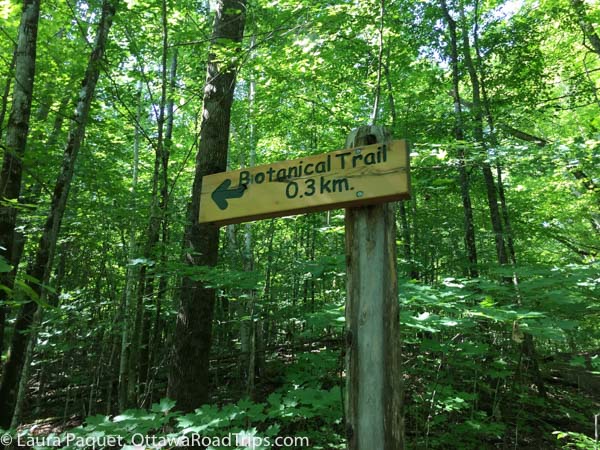
Of course, the health benefits of regular exercise have been known for decades. One thing we’re coming around to is that “exercise” doesn’t have to involve a punishing cardio bootcamp class or running a marathon. One of the most inspiring books I read last year was Born to Walk by Ottawa author Dan Rubinstein. Chapter by chapter, he makes a solid case that simple walking is one of the best things we can do for ourselves. “[T]he therapeutic properties of travelling around on your feet are powerful. By using our bioelectrical, biochemical, respiratory, muscular, cardiovascular and skeletal systems in such a controlled manner, our body gets the workout it needs to function optimally.”
Convinced? Good! Here are some tips for getting out in nature in Ottawa and beyond.
Check out some Ottawa parks
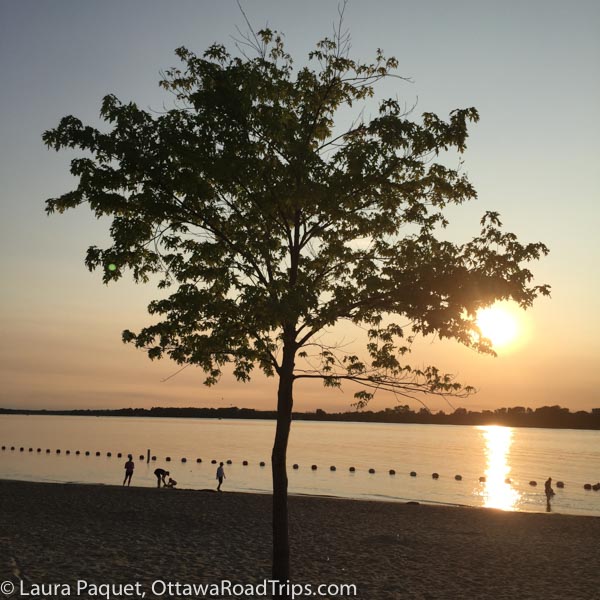
Did you know there are more than 1,300 parks and greenspaces in Ottawa? That was news to me, too! Granted, some of them may not be much more than tiny parkettes with a few trees and a bench, but even those are better places to have lunch than a fluorescent-lit cubicle, right? Some of the biggest parks include Vincent Massey and Mooney’s Bay in the inner south end, Petrie Island and Steumer in the east end, and Britannia and Andrew Haydon in the west end. Facilities run the gamut from swimming pools and beaches to tennis courts, play structures and baseball diamonds. Use the City of Ottawa’s interactive park map to find one close to you.
Explore the NCC Greenbelt
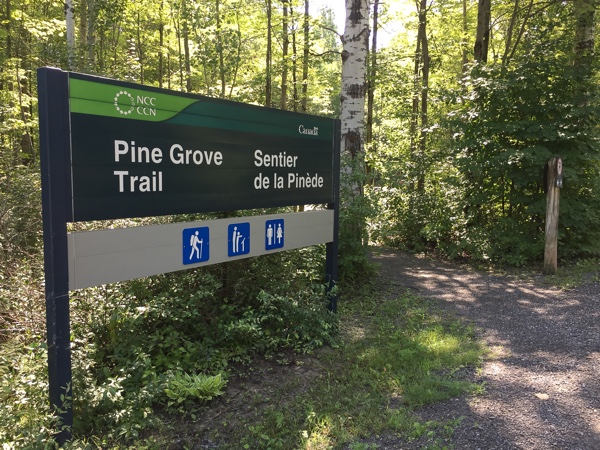
One of the bonuses of living in Canada’s capital region is that the feds take an interest in keeping the place pretty and ecologically healthy. One of the results of that is the Greenbelt, which did a pretty lousy job of containing development but does a pretty great job of providing lots of additional Ottawa parks and greenspaces. Did you know, for instance, that you can go horseback riding (at Pine Grove), feed sheep (at the Log Farm) or see plants typical of northern Canada (at Mer Bleue Bog) within the Greenbelt? Use this map to find Greenbelt locations; the NCC has also written a handy guide to some of the Greenbelt’s most popular hiking and walking trails.
Discover Gatineau Park

I think Gatineau Park is the number-one natural area Ottawans take for granted. Until we visit Toronto, Montreal or New York City, we don’t appreciate how long it takes to get away from asphalt and car horns and tall buildings in most big cities. The fact that you can drive 15 minutes from Parliament Hill (not in rush hour, of course!) and be at the Gatineau Park Visitor Centre in Chelsea, Quebec, is a very special perk of living in Ottawa. Once you get to the park, you have access to 361 square kilometres of lakes, rivers, trees, escarpments and other wilderness where you can swim, cycle, hike, ski, camp, snowshoe and otherwise recreate. You’ll also find historic sites (such as the Mackenzie King Estate). Here’s an interactive map of Gatineau Park.
Visit an Ontario provincial park
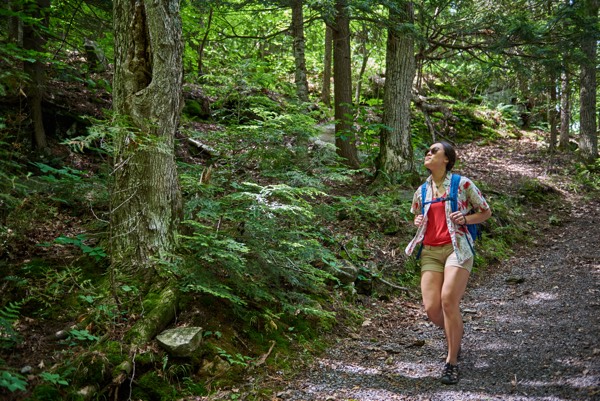
Every year, Ontario Parks offers free day-use admission to all of its parks on Healthy Parks Healthy People Day; in 2019, HPHP Day is happening on Friday, July 19. If you’ve ever wanted to check out one of the provincial parks near Ottawa—say, to hike at Sharbot Lake, canoe at Charleston Lake, visit the abandoned Silver Queen mica mine at Murphys Point, go birding at Rideau River or see the pictographs at Bon Echo—it’s a perfect opportunity. And, as a bonus, you can enjoy some unique activities. “A lot of the parks that have nature interpretation programs…have really cool events going on that day,” says Sarah McMichael, market development specialist with Ontario Parks, who coordinates Healthy Parks Healthy People Day. (Check the HPHP Day events calendar for details.)
If you can’t make it to a park on HPHP Day, here’s more inspiration for you. Every August, Ontario Parks encourages people to sign up for the 30×30 Challenge. Created by the David Suzuki Foundation (which provides more details and inspiration), the challenge is simple: Every day for 30 days, get out in nature for at least 30 minutes. That’s it. And “nature” doesn’t have to mean the deep backwoods. Walking your dog—or your neighbour’s dog!—in your local park counts. The idea is that you’ll become accustomed to spending time outdoors and you’ll miss it when you don’t. “If you make time in nature a habit,” says McMichael, “you’ll experience the health benefits.” To find an Ontario provincial park, check the Ontario Parks website.
Experience joie de vivre in Quebec’s parks
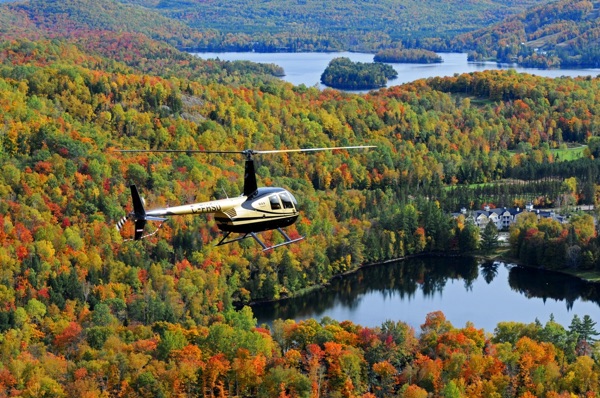
Mont-Tremblant is one of the most familiar Quebec parks for many Ottawans, but Plaisance (between Thurso and Papineauville in the Outaouais) is even closer. They’re just two of the many spectacular parks in la belle province. For instance, did you know there’s an excellent astronomical observatory at Mont-Mégantic in the Eastern Townships, or that you can go fat biking at Frontenac between Sherbrooke and Quebec City? For details on Quebec’s parks, check the Sépaq website.
Escape to one of Canada’s national parks
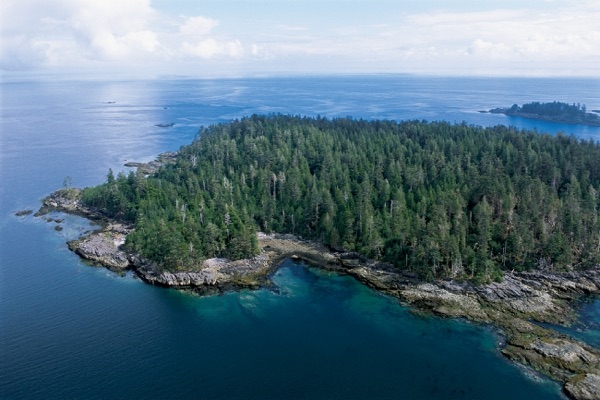
But wait! There are still more Canadian parks to check out! Canada has 47 national parks and national park reserves, ranging from Ontario’s Georgian Bay Islands (Canada’s smallest national park, at just 13.5 square kilometres) to Wood Buffalo, the largest national park in Canada, which is so big it encompasses parts of both Alberta and the Northwest Territories. (Fun fact: At 44,741 square kilometres, Wood Buffalo is bigger than the Netherlands.) Within two hours of Ottawa, you can kayak, canoe and camp at Thousand Islands National Park on the St. Lawrence River near Gananoque. To find others, head to the Parks Canada website.
Get back to nature in New York state
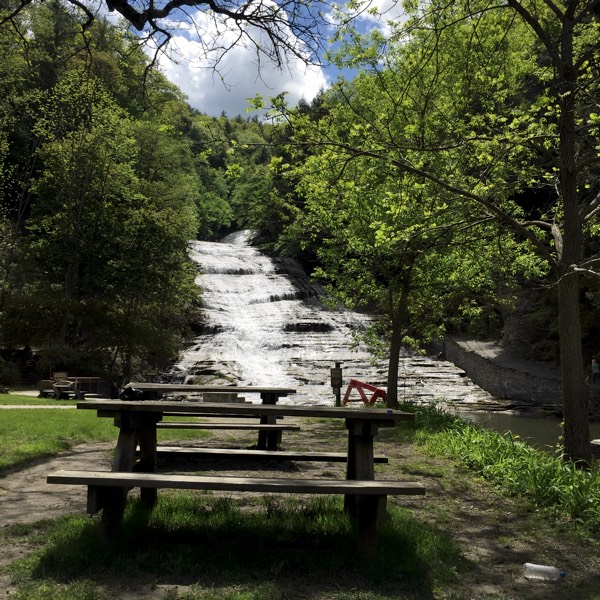
Wait! There are lots more parks south of the border. In May, I enjoyed a beautiful hike at Buttermilk Falls State Park in Ithaca, which is about a four-hour drive from Ottawa. It’s well worth the trip, but a word to the wise: Start your hike along the long waterfall trail at the top, rather than the bottom, and arrange to have transport at the end to avoid the long climb back up. (Taxis from Ithaca will come and collect you.) To find a park in New York, check the state parks website or the federal National Parks Service website.
A final word about parks and health
Healthy Parks Healthy People Day dovetails with a nationwide initiative, Canada’s Parks Day, which always takes place on the third Saturday in July. So grab a cooler, some sunscreen, your hiking boots, a hat, your kids, your dog, a good book…whatever you need to get away from your desk, your TV or your phone and get some fresh air. As Sarah McMichael of Ontario Parks says, “Just being in nature is good for you.”
Want more tips like these? Subscribe to my free weekly e-newsletter to make sure you don’t miss a post!
As the owner of Ottawa Road Trips, I acknowledge that I live on, work in and travel through the unceded, unsurrendered territory of the Algonquin Anishinaabeg Nation. I am grateful to have the opportunity to be present on this land. Ottawa Road Trips supports Water First, a non-profit organization that helps address water challenges in Indigenous communities in Canada through education, training and meaningful collaboration.

4 comments
Thanks Laura; this is a comprehensive and timely info! I like your connection to forest bathing. A really good book by Dr. Qing Li: Shinrin-Yoku explains the concept and inspiration. On my list of things to do this summer? Explore more greenspaces in Ottawa!
Thanks, Kathaleen–I’m glad you liked the post. I hope you find lots of great greenspaces in Ottawa this summer! I’ll have to track down that book; I’m really intrigued by forest bathing. I did pick up a book recently called “Your Guide to Forest Bathing” by M. Amos Clifford, but I haven’t had time to dig into it yet.
Ok technically not a park, but I did spend a day at Upper Canada Village with the dog – very stinky. He loved it. Next time I’m going to Pine Grove.
Oh, you and Victor would LOVE Pine Grove! It feels miles away from the city, but it’s not. Sorry he got into stinky things at UCV!